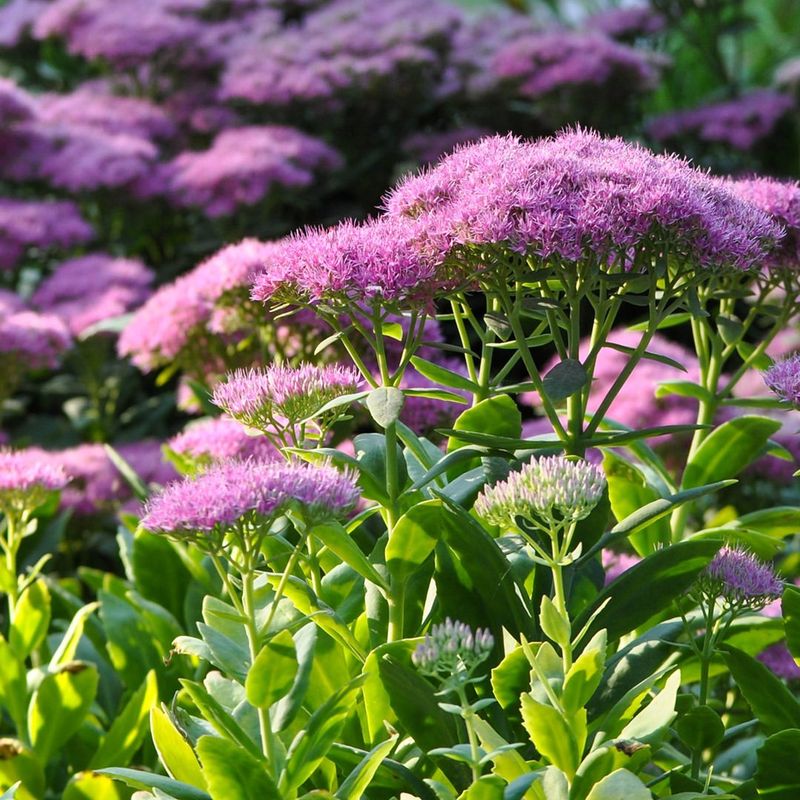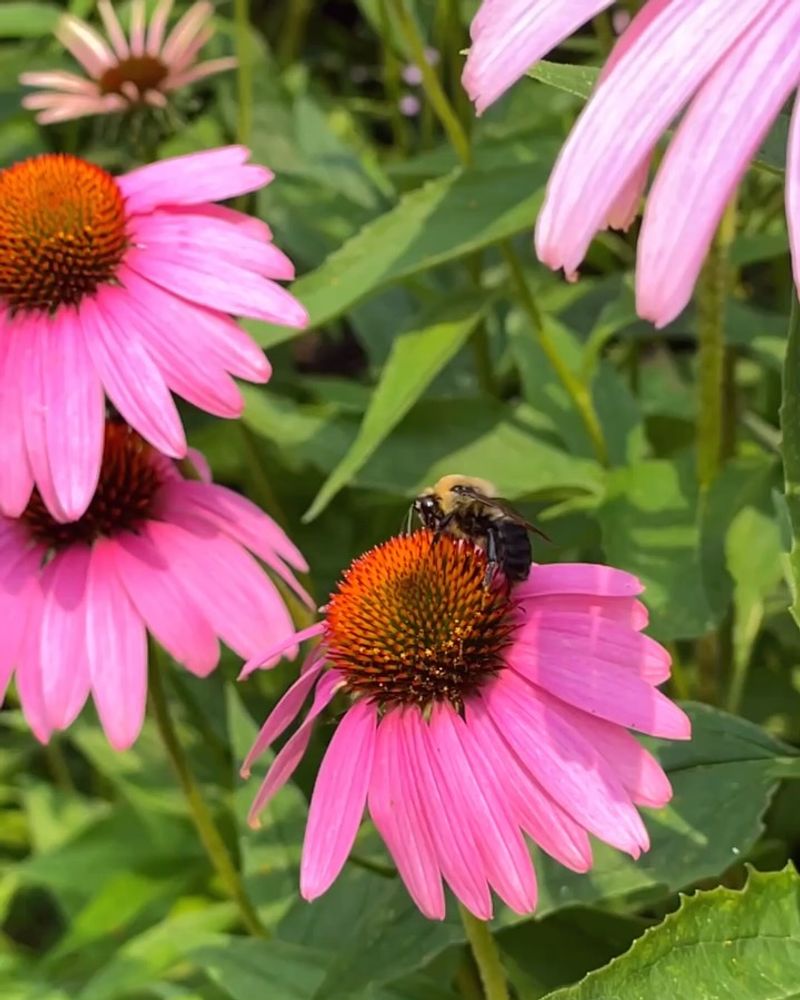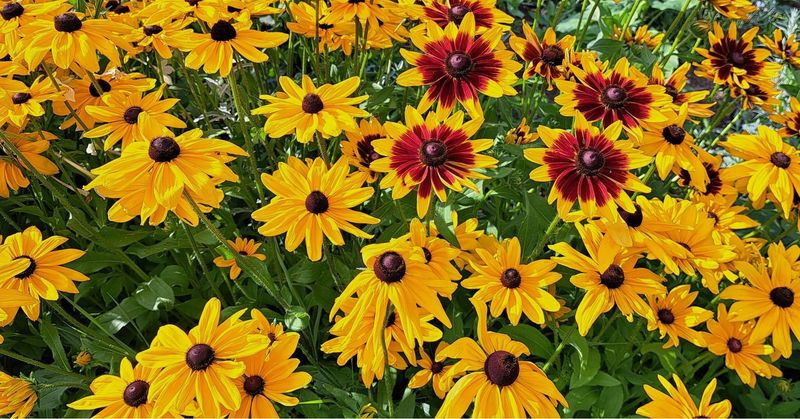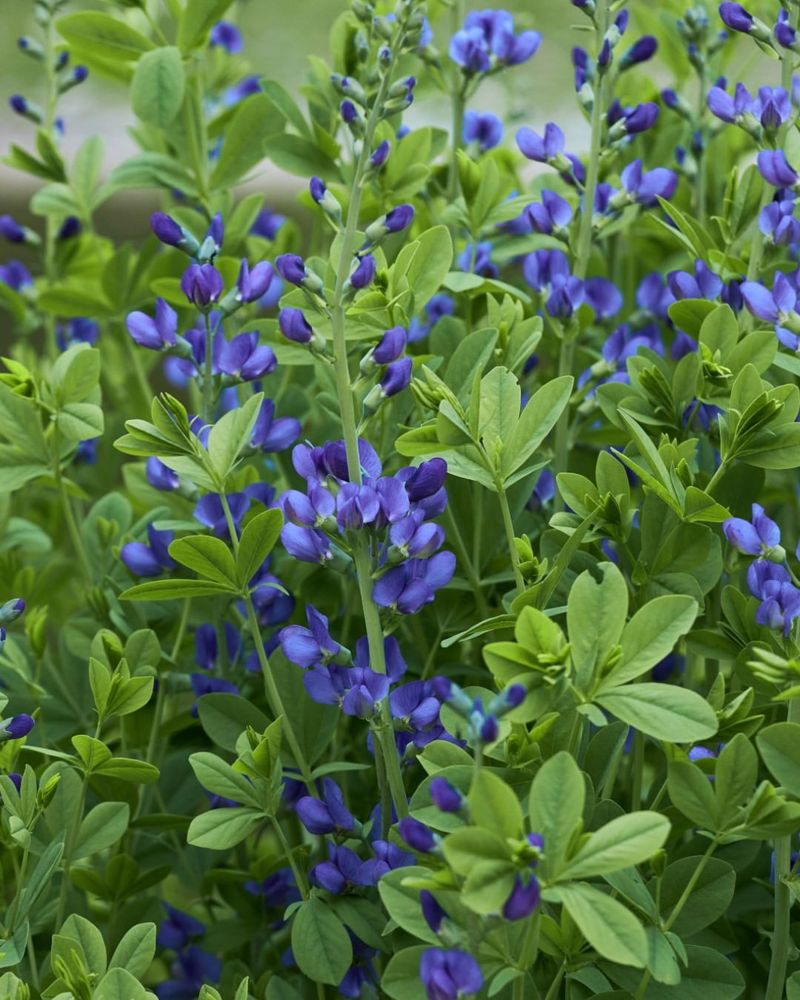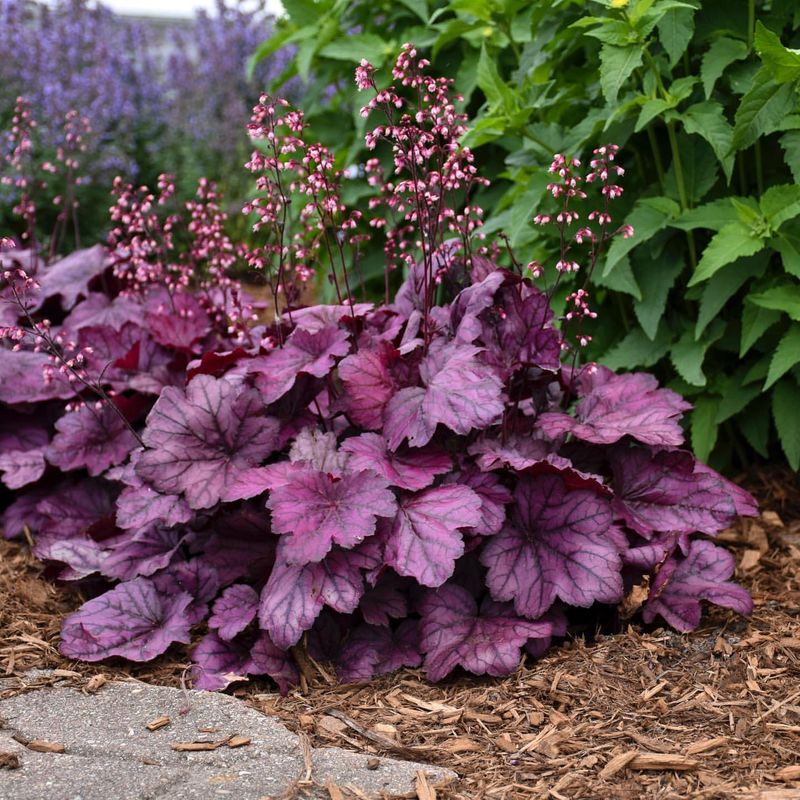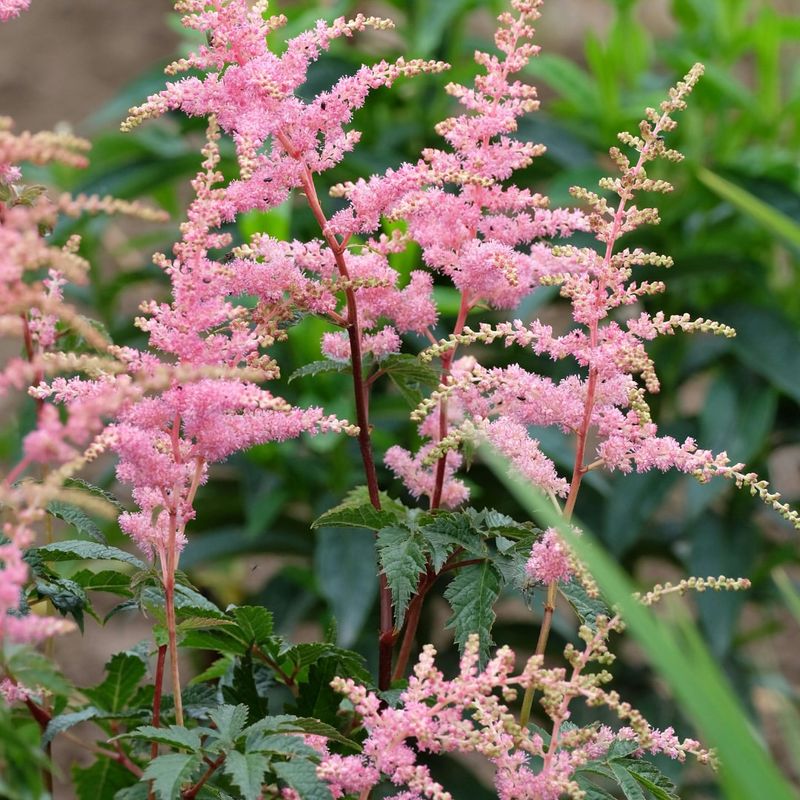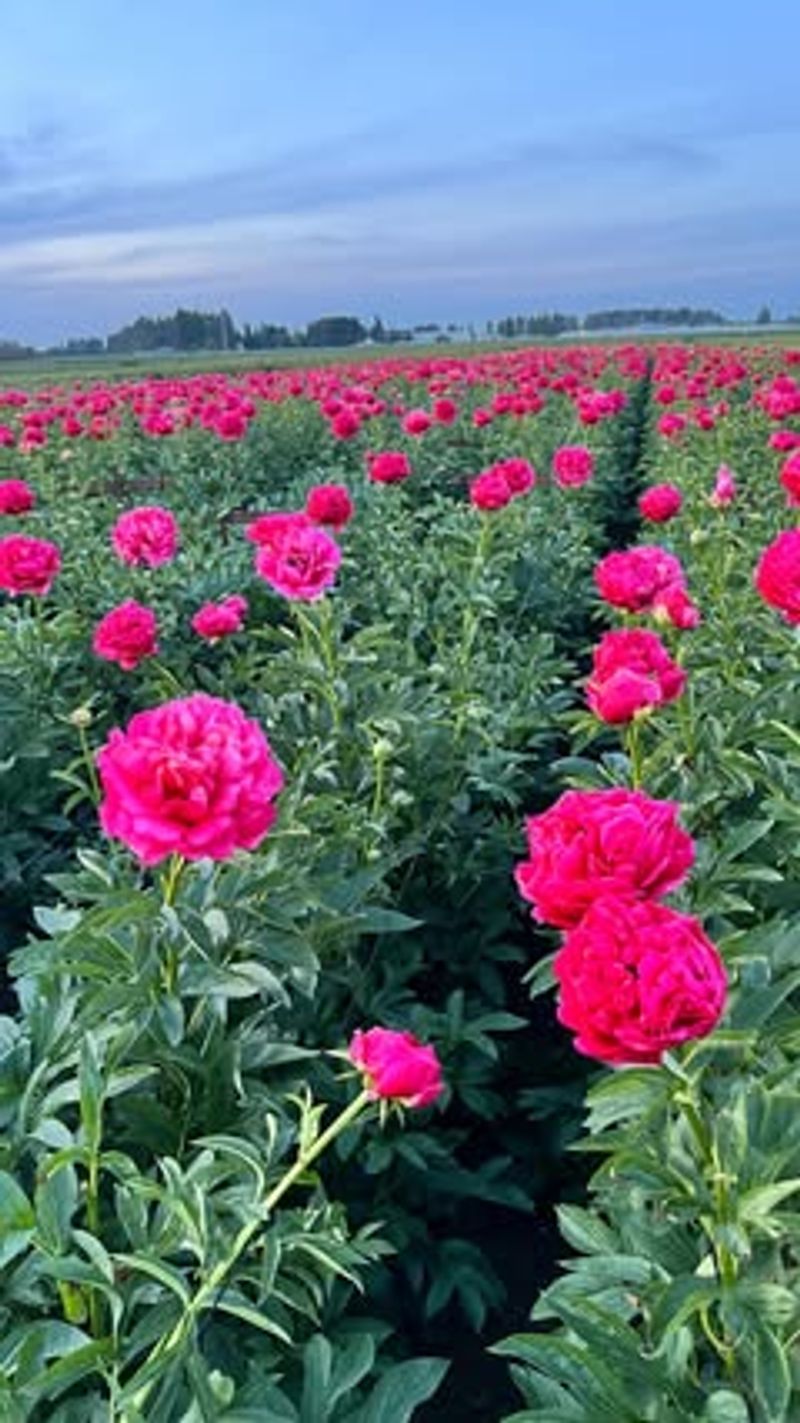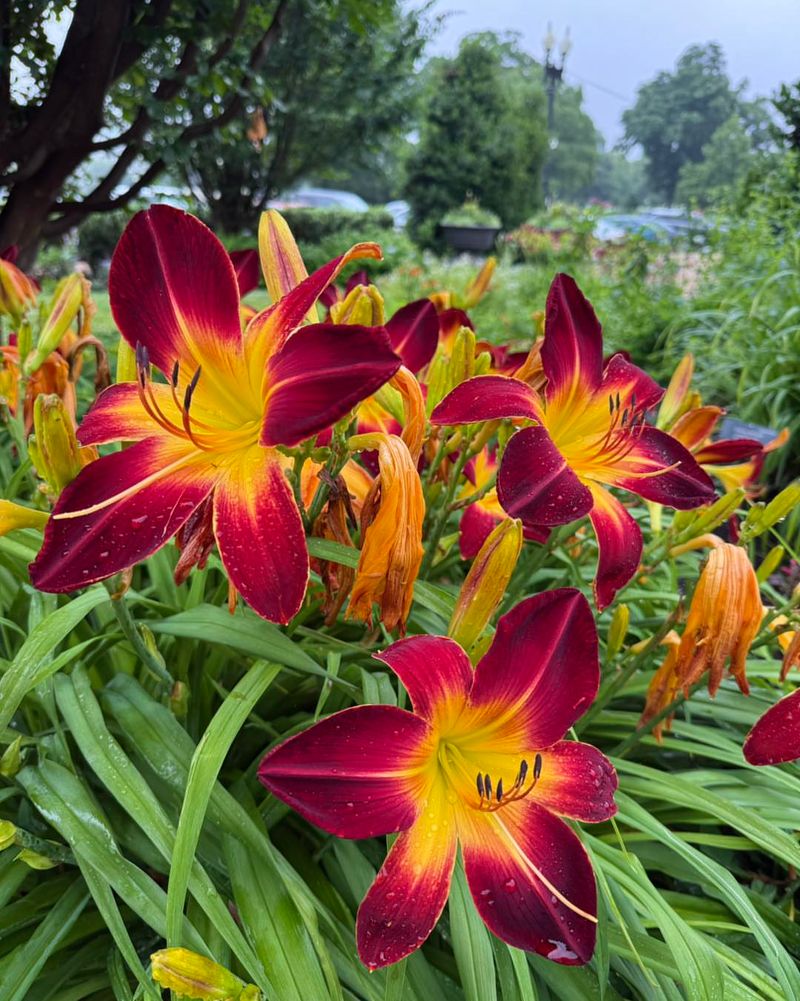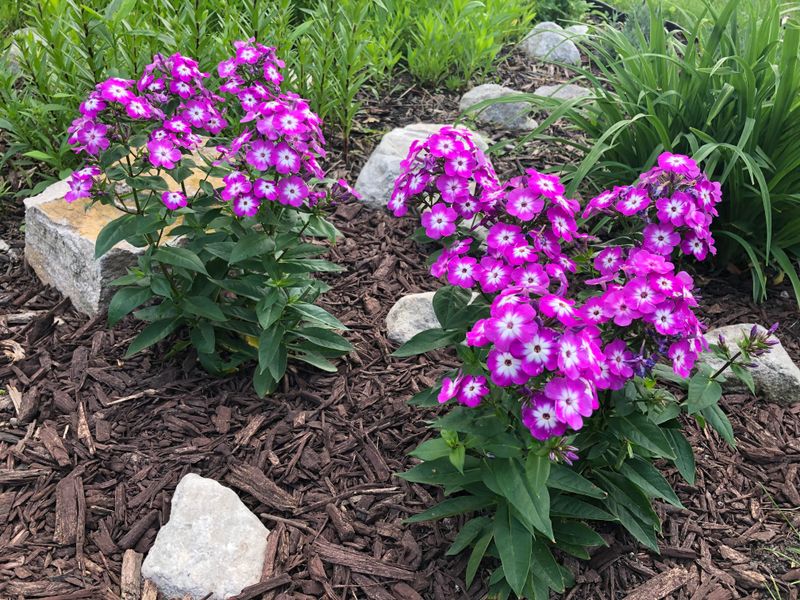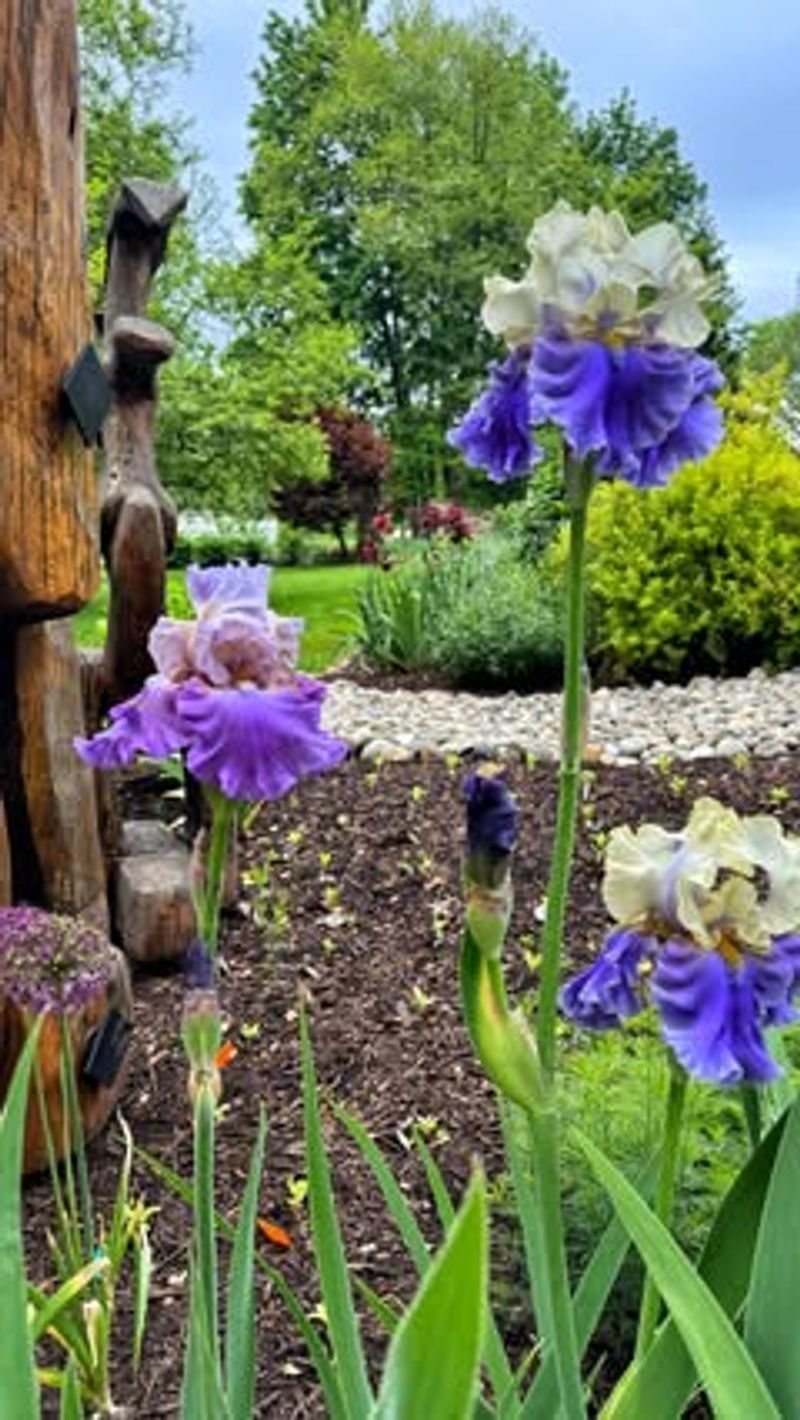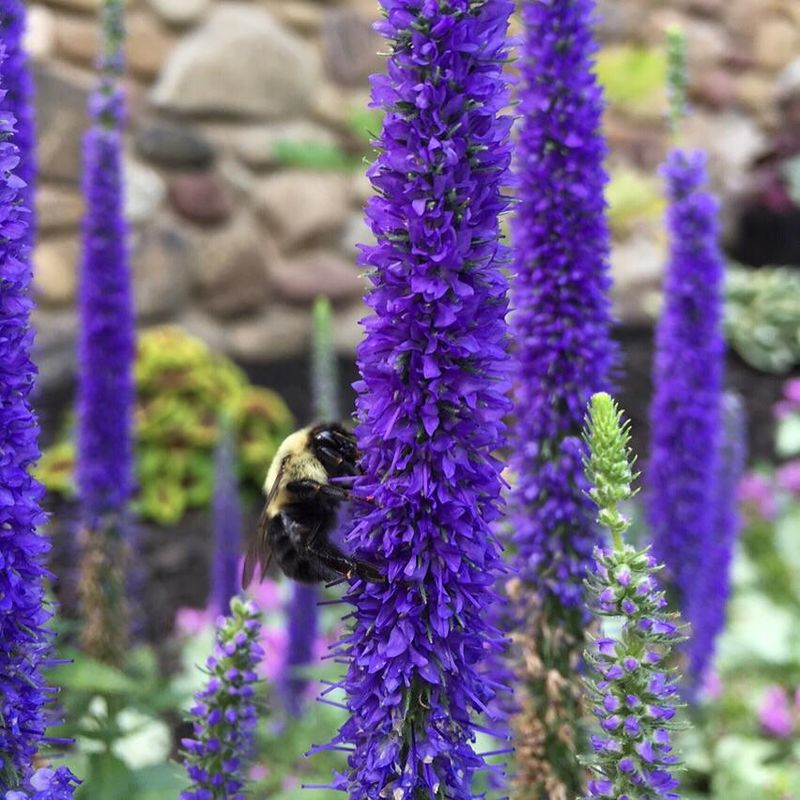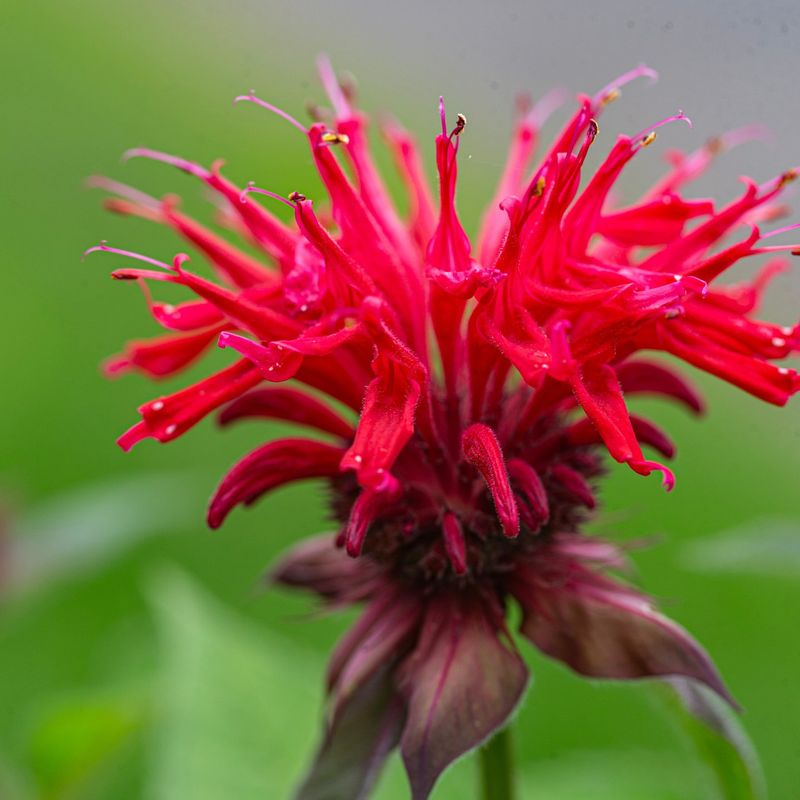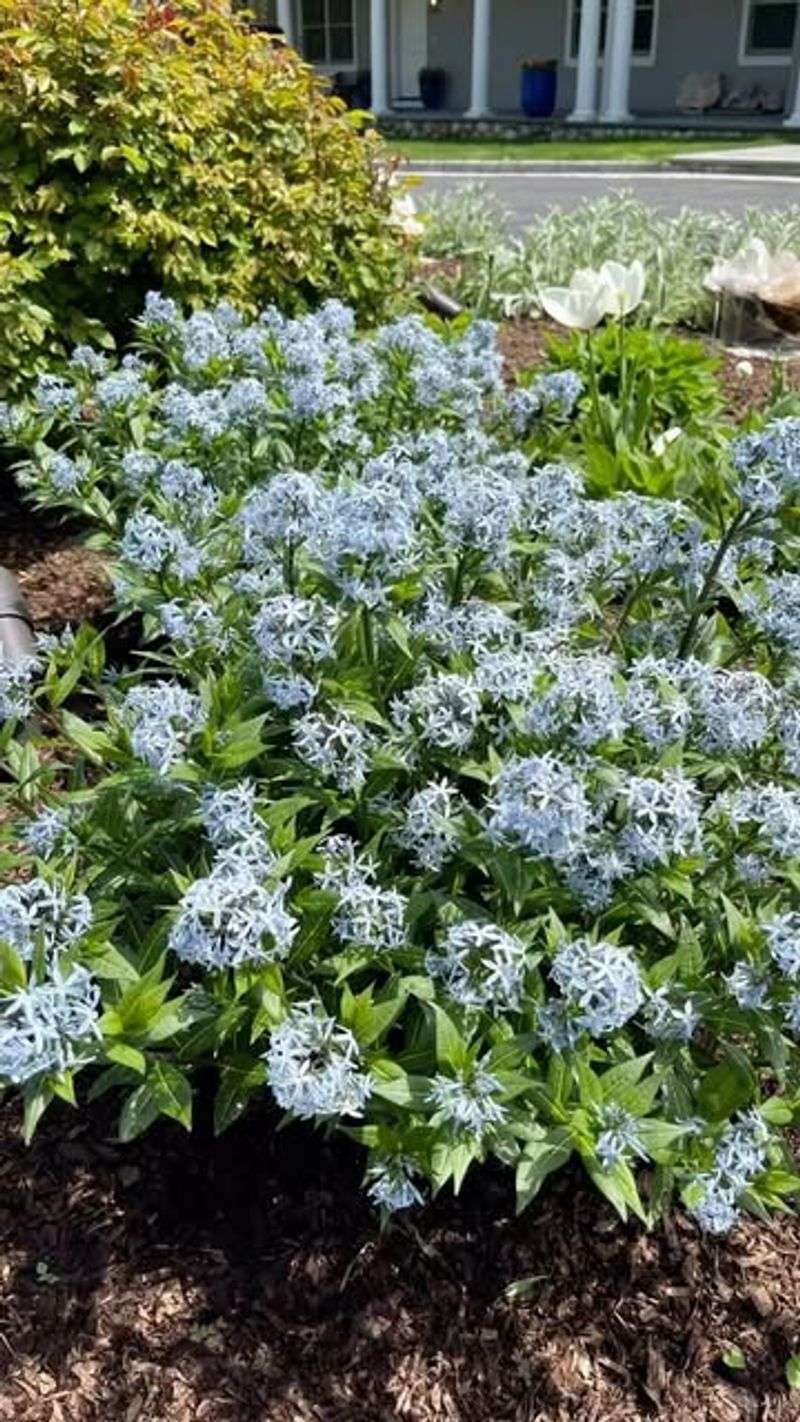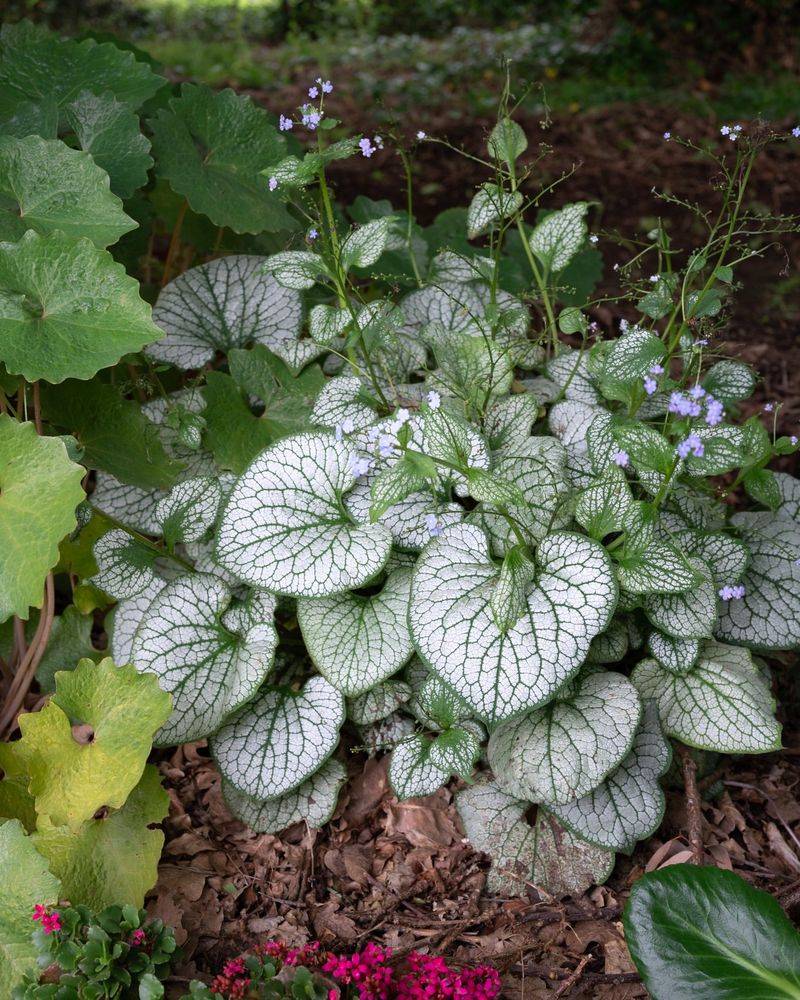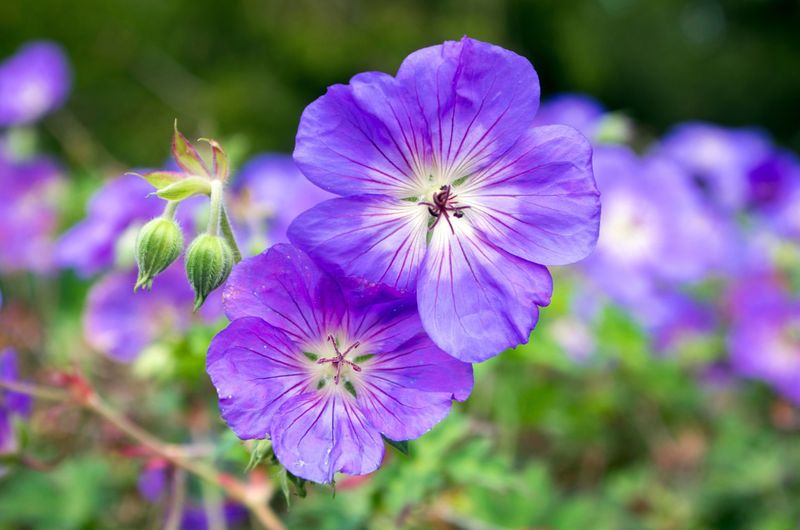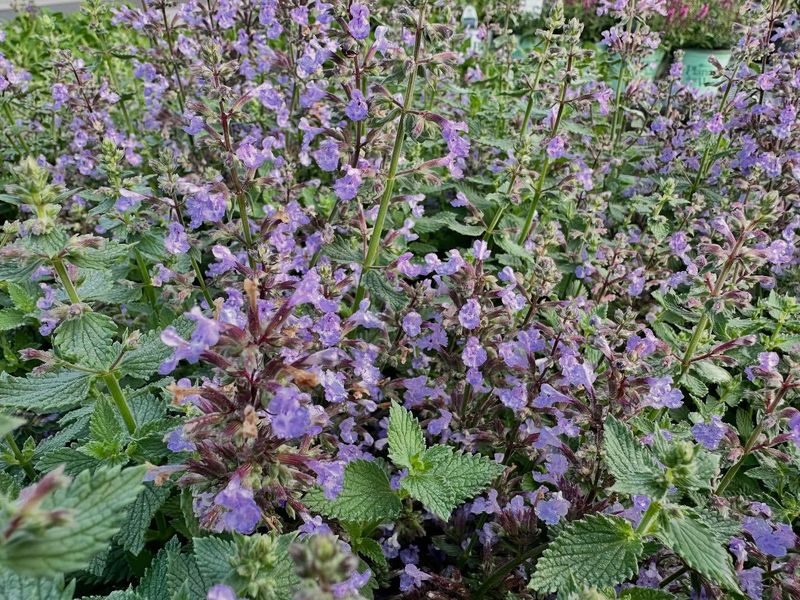Minnesota winters are no joke, but some plants handle the cold like pros. I’ve planted a few tough perennials over the years that come back strong, even after a deep freeze.
No babying, no wrapping—just plant them once and let them do their thing. If you’re tired of replanting every spring, these frost-tolerant favorites are worth a spot in your garden. They might even look better after the first frost.
1. Sedum
Ever noticed those succulent-like plants thriving in Minnesota’s rockiest spots? Sedums store water in their thick leaves, making them incredibly drought-tolerant after establishment.
Their late-summer blooms attract butterflies galore, adding movement to your garden. Minnesota gardeners love how these low-maintenance beauties change color throughout the seasons, from green to rich burgundy.
2. Echinacea
Native to the Midwest prairies, these gorgeous coneflowers laugh in the face of Minnesota’s harshest winters. Their deep taproots help them weather both drought and cold with impressive resilience.
Beyond their beauty, they’re medicinal powerhouses used for centuries by indigenous peoples. Minnesota gardeners appreciate how echinacea attracts beneficial pollinators while deer tend to leave them alone.
3. Rudbeckia
Cheerful black-eyed Susans bring sunshine to Minnesota gardens even when temperatures plummet. Their golden petals surrounding dark centers create dramatic contrast against winter’s white backdrop.
Hardy to zone 3, they self-seed readily, creating naturalized drifts over time. Minnesota gardeners value their long blooming period from mid-summer through fall, providing reliable color when other plants have faded.
4. Baptisia
False indigo develops an impressive root system that laughs at Minnesota’s deep freezes. Once established, these prairie natives create dramatic spires of blue, purple, or yellow flowers in early summer.
The blue-green foliage remains attractive throughout the growing season. Minnesota gardeners appreciate how baptisia forms a substantial shrub-like presence without requiring the maintenance of actual shrubs.
5. Heuchera
Coral bells offer year-round interest with their colorful foliage ranging from purple to caramel to lime green. Their evergreen leaves often remain visible even under Minnesota’s snow cover.
Delicate flower stalks rise above the foliage in summer, attracting hummingbirds. Minnesota gardeners treasure heuchera for brightening shady spots where other perennials struggle, maintaining their color through the harshest winters.
6. Astilbe
Feathery plumes of flowers make astilbe a standout in Minnesota’s part-shade gardens. Their fernlike foliage emerges early in spring, unfazed by late frosts that damage more tender plants.
Available in shades from white to deep red, they brighten woodland gardens. Minnesota gardeners value how astilbe tolerates both the state’s cold winters and its notoriously heavy clay soils without complaint.
7. Peony
Heirloom peonies often outlive the Minnesota gardeners who plant them, thriving for decades with minimal care. Their fragrant blooms arrive in late spring, creating a spectacular but fleeting show.
After flowering, their glossy foliage provides structure throughout summer. Minnesota gardeners tell stories of peonies surviving at abandoned farmsteads for generations, proving their incredible cold hardiness and longevity.
8. Hosta
From miniatures to giants, hostas thrive in Minnesota’s woodland gardens despite brutal temperature swings. Their varied foliage ranges from blue-green to chartreuse to variegated patterns that brighten shady spots.
Late summer brings spikes of lavender or white flowers attracting hummingbirds. Minnesota gardeners appreciate how hostas emerge unfazed each spring, even after being buried under snow and ice for months.
9. Hemerocallis
Daylilies shrug off Minnesota winters as if they were merely mild inconveniences. Their strappy foliage emerges early, quickly forming lush clumps that suppress weeds effectively.
Though each bloom lasts just one day, plants produce many buds over several weeks. Minnesota gardeners value daylilies for their adaptability to both sunny and partially shaded locations throughout the state’s varied growing regions.
10. Phlox
Tall garden phlox creates clouds of fragrant blooms that perfume Minnesota gardens in mid-summer. Their sweet scent carries on evening breezes, making them perfect near patios and windows.
Available in colors from pure white to deep purple, they’re butterfly magnets. Minnesota gardeners particularly value the mildew-resistant cultivars that maintain clean foliage despite the state’s often humid summer conditions.
11. Iris
Bearded irises create spectacular May displays in Minnesota gardens, their sword-like foliage emerging unscathed after winter’s deep freezes. Their structural flowers come in nearly every color imaginable, from subtle pastels to dramatic bicolors.
Even when not blooming, their fans of foliage add architectural interest. Minnesota gardeners appreciate how the rhizomes actually benefit from the cold winters, which help prevent disease problems seen in warmer climates.
12. Veronica
Speedwell produces spikes of tiny flowers in shades of blue, purple, pink or white that Minnesota pollinators adore. Their low-growing habit makes them perfect for garden edges and rock gardens.
Most varieties maintain neat, compact forms without becoming invasive. Minnesota gardeners value veronica for its long blooming period that can extend from early summer through fall with minimal deadheading.
13. Monarda
Bee balm’s quirky, spiky flowers resemble exploding fireworks in Minnesota’s mid-summer gardens. Hummingbirds battle for access to these nectar-rich blooms while gardeners enjoy their minty fragrance.
Native to North America, monarda has adapted perfectly to Minnesota’s climate extremes. Minnesota gardeners particularly value the mildew-resistant cultivars that maintain healthy foliage despite summer humidity challenges.
14. Amsonia
Bluestar creates a soft, billowing presence in Minnesota gardens with its powder-blue spring flowers and willow-like foliage. The feathery leaves turn spectacular gold in fall, extending the season of interest.
Despite its delicate appearance, amsonia is incredibly tough. Minnesota gardeners value how this native prairie plant withstands both drought and freezing temperatures without complaint, returning reliably each spring.
15. Brunnera
Heart-shaped leaves make brunnera charming even when not displaying its sprays of tiny blue forget-me-not flowers. Variegated varieties like ‘Jack Frost’ add luminous brightness to shady Minnesota garden corners.
This woodland plant emerges early in spring, unfazed by late frosts. Minnesota gardeners treasure brunnera for its ability to thrive in the dense shade of mature trees where many other perennials struggle.
16. Geranium
Hardy geraniums (not to be confused with annual pelargoniums) create billowing mounds of long-blooming color in Minnesota gardens. Their finely cut foliage often develops spectacular fall color before dying back for winter.
Many varieties bloom repeatedly throughout the season with minimal care. Minnesota gardeners appreciate how these adaptable plants thrive in everything from full sun to partial shade across the state’s varied growing conditions.
17. Nepeta
Catmint creates clouds of lavender-blue flowers that Minnesota bees absolutely adore. The gray-green aromatic foliage remains attractive even when the plant isn’t blooming, adding subtle color to garden edges.
A quick shearing after the first flush of flowers promotes repeat blooming. Minnesota gardeners value nepeta for its deer resistance and drought tolerance once established, making it perfect for challenging garden locations.


